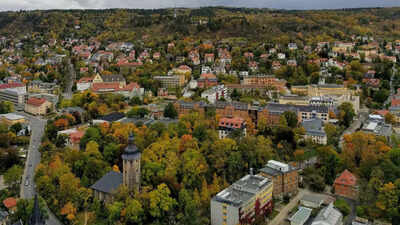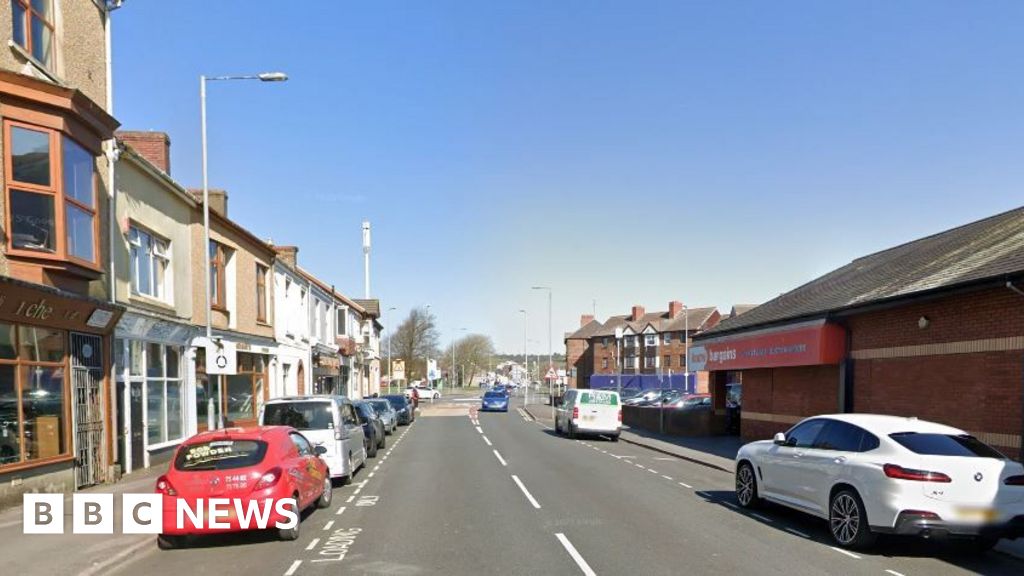
In southern Spain’s Andalusian mountains, the picturesque village of Lanjarón is best known for its healing mineral springs, wellness culture, and serene lifestyle. But one unusual law has placed it in the spotlight again: dying within town limits is technically illegal.
This is no exaggeration or poetic wellness slogan—it’s a real municipal edict passed in 1999. The then-mayor, José Rubio, faced with a full cemetery and slow bureaucratic approvals for expansion, issued a symbolic decree: “It is hereby forbidden to die in Lanjarón.” The aim was not punishment but to spark attention and action. Decades later, this quirky law has gained new life online, transforming Lanjarón into a social media sensation and a curious travel destination.
Spain town bans death to protest lack of cemetery space
In the late 1990s, Lanjarón had one pressing issue: its only cemetery had no more burial space. Local authorities repeatedly requested expansion permits, but regional bureaucracy delayed solutions. To emphasise the urgency, Mayor Rubio used satire as protest.
- The Edict: Officially banned death within town limits.
- The Message: Highlighted the absurdity of ignoring critical civic needs like burial space.
- The Reaction: Residents found humor in it, while media outlets amplified the story nationwide, forcing policymakers to take notice.
What happened after the “death ban”
No one was fined, arrested, or punished for dying, of course. The law was purely symbolic—a creative publicity stunt aimed at pressuring authorities. However, it grabbed national headlines, sparking public discussions about municipal resources and infrastructure planning.
Cemetery situation: Reports suggest that while some limited adjustments were made, there has been no major expansion.Cultural legacy: Today, the death ban has become part of Lanjarón’s identity, attracting visitors intrigued by this unusual piece of legal history.
Lanjarón death ban becomes a viral TikTok sensation
Two decades later, the quirky law has been rediscovered by TikTok creators, meme pages, and travel bloggers, who present it as a blend of dark humor and surreal bureaucracy.
This resurgence coincides with Lanjarón’s growing popularity as a wellness retreat destination, making the “no death allowed” narrative an ironic twist for a town already known for longevity and healing springs.Lanjarón is in elite company when it comes to unusual “death bans”:Longyearbyen, Norway: Death is banned because bodies do not decompose in permafrost, posing public health risks. Terminally ill residents are relocated to the mainland.Cugnaux, France: Temporarily banned death in protest until cemetery expansions were approved.These examples show that symbolic or functional death bans often emerge from logistical or health-related challenges, not superstition.
Lanjarón death ban becomes symbol of longevity and resource challenges
Lanjarón’s law is more than just a joke—it highlights universal concerns about urban planning, longevity, and resource limitations. In an age where biohacking, anti-aging treatments, and wellness tourism dominate headlines, the town’s decades-old decree resonates unexpectedly with modern audiences seeking longer, healthier lives.For 26 years, Lanjarón’s death ban has stood as a unique mix of humor, protest, and folklore. Whether it’s seen as clever activism or simply an odd historical footnote, it continues to spark conversations worldwide. In a village famous for rejuvenation, the idea of “never dying” may be symbolic, but it has undeniably cemented Lanjarón’s place on the map as one of the world’s quirkiest towns.Also Read | World’s longest lightning megaflash recorded at 829 km, breaking previous 768 km world record

 13 hours ago
6
13 hours ago
6









